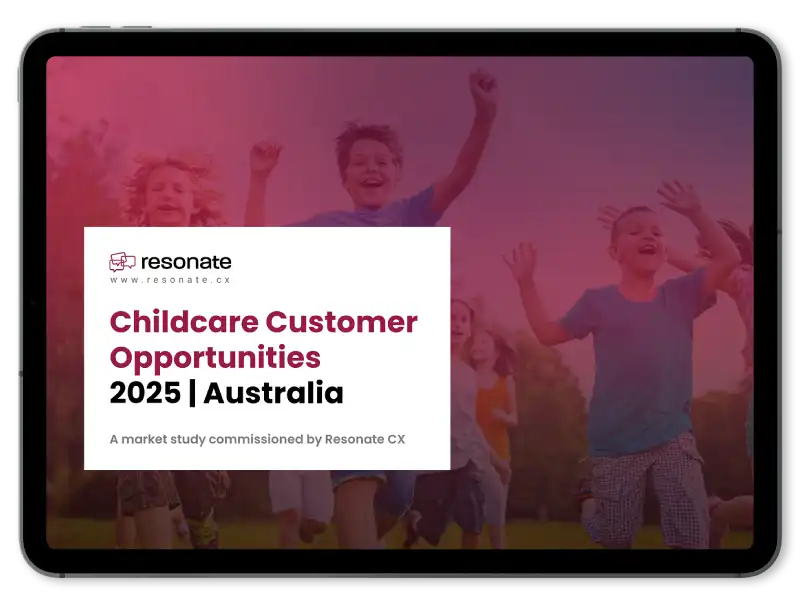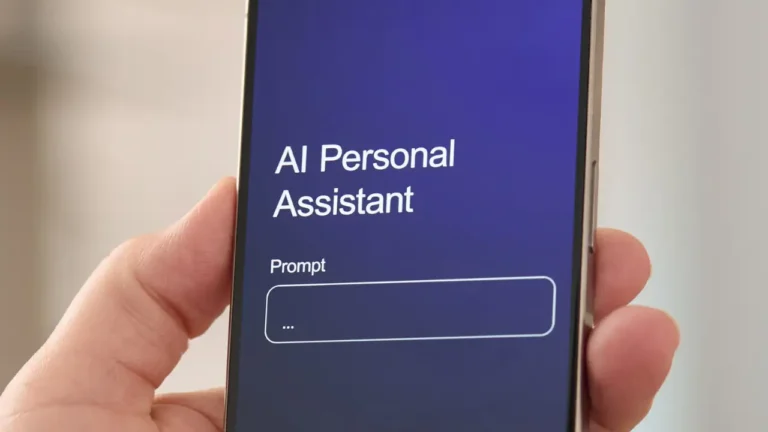TLDR:
- Core Concept: The article highlights that businesses must recognize and cater to three distinct customer service profiles to build loyalty and prevent churn. Understanding these different expectations is crucial because there is no such thing as an average customer when handling support inquiries.
- The Low-Touch Realist (52%): Making up 52% of customers, the Low-Touch Realist typically only contacts support when an issue is truly important and urgent. They demand fast, simple human resolution and will immediately churn if their problem is not resolved on the first attempt.
- The Practical Resolver (28%): The Practical Resolver accounts for 28% of customers and is willing to attempt self-service before escalating a problem to an agent. This group expects frictionless solutions, gets frustrated by excessive transferring, and is open to digital tools only if they improve overall efficiency.
- The Heavy Seeker (20%): Although the smallest group at 20%, Heavy Seekers are the most engaged, frequently reaching out across multiple communication channels. They value speed, proactive follow-up, and recognition across platforms, making them the most willing to try AI solutions while still desiring a human touch.
- Overall Takeaway: The common pain point across all three groups is that unresolved issues are the single greatest trigger for dissatisfaction and leaving a brand. Winning brands will be those that tailor their service to meet the specific needs of each profile, whether that customer contacts them once a year or once a week.
“Tring-tring,” the phone is ringing again and you have no clue who’s on the other end of the call. Broadly speaking, there could be three very different personalities calling and how you handle their issues could dictate their loyalty to your company. One of the types hardly ever calls and is super frustrated by the time they do decide to ring you up. Another has tried the whole fix it yourself approach but has run out of patience and decided it’s time to get help. The third though, is a regular, you practically already know their name with how often they call.
At Resonate CX, we’ve researched who we are designing our elaborate customer experience portals for and how we can service each profile to the best of their needs. Our recent report on the Current State of Customer Service and Service Expectations in 2025 Australia details three unique customer profiles. The Low-Touch Realist, the Practical Resolver, and the Heavy Seeker. Each group brings its own expectations, quirks and deal-breakers. Understanding the type of person you’re talking to can be very useful, and could be the difference between loyalty for life or losing them forever.
1) The Low-Touch Realist
Meet the Low-Touch Realist. They are an essential base one needs to know how to approach as they make up over half of today’s customers (52%). It is very important that you nail your conversation with them as they call only when absolutely necessary, but when they do reach out, it’s something truly important for them. Typically this profile falls in the 55+ age category, but could fall into other age demographics as well.
Their tolerance for mistakes is minimal, in fact 58% cite unresolved issues as the top reason they stop doing business with a brand.
As an example, a 60 year old customer whose bank account has been locked. They are least interested in AI chatbots or complicated menus. They want to pick up the phone, talk to a human, and get the issue resolved immediately. For them, simplicity and reliability are everything.
Their expectations are clear- Fix the problem ASAP, no wasting time with mistakes or delays and keeping interactions as fast as possible, with unresolved issues being a major churn trigger.
While they make up the lion’s share of the market, the catch is that unresolved issues are unforgivable. Your first impression with a Low-Touch Realist may be your last if you’re not careful. They are also deeply skeptical of digital shortcuts, with only 29% of the demographic being open to using AI if its current issues are resolved, and many would rather wait endlessly for humans rather than have a bot misunderstand their issues. For businesses, the message is obvious, when a Realist calls, you need to put your best and most knowledgeable staff forward.
2) The Practical Resolver
Now picture a customer who doesn’t mind trying to figure out why their password is not working or one who looks up message boards online and figures out why their device is malfunctioning on their own. This is the Practical Resolver, who makes up 28% of total customers. They’re pragmatic and balanced, happy to help themselves when they can, but ready to escalate if problems persist. Practical Resolvers have a strong presence across all age groups, with a slight emphasis on the 34-54 bracket.
They tolerate minor hiccups but the major pain points for them are unresolved issues (48%), lack of staff knowledge (28%), and it taking too many steps to reach the right person (28%).
Imagine a working parent in their 40s trying to sort out a billing issue. They’ve clicked through the self-service options but can’t find an easy fix. What they expect when they call is functionality and frictionless solutions. They will get annoyed if it’s clear that there is a lack of staff knowledge or if the call is taking too much time to reach the right person. The Practical Resolver has more patience than most but that also has its limits. Make them feel like they’re part of a long queue or keep transferring them to different agents and you’ll lose trust fast.
This group also tends to be more open to digital tools, as long as those tools work. If AI tools can get them to the required agent faster, then great, otherwise they will lose patience in the system altogether and potentially leave your service. For Resolvers, smooth handoffs and clear next steps define satisfaction. Make sure “Let me transfer you” never means “Let’s start over.”
3) The Practical Resolver
Finally, meet the Heavy Seekers. They make up the smallest percentage of customer profiles, just 20%, but you’ll hear from them the most. In fact, some call companies weekly. They tend to be younger, hovering around the 18-34 age bracket and often have higher incomes.
For them the biggest frustrations are unresolved issues (38%), lack of staff knowledge (31%), and a lack of friendliness (27%).
Picture a 25 year old professional who uses three different avenues of reaching out, a phone call, an email and a live chat with AI for customer service. This is the Heavy Seeker, comfortable with using multiple channels and expects you to keep up with them. This group may be smaller, but they’re highly engaged and every interaction matters to them. They reach out often and pay close attention to how they’re treated. When service fails, they feel it but at the same time they remember when it succeeds just as well.
Their expectations are clear, they want speed and clarity (but are okay with the same or next business day), prefer human support but are the most willing to try out AI solutions with 50% of the group feeling positive about AI, and want proactive follow-up. They expect personal recognition and continuity across interactions.
Heavy Seekers are the most open to experimenting with digital tools, but that doesn’t mean they want to lose the human touch. For them, it’s about efficiency and recognition. When you deliver, they’ll reward you with loyalty and even forgiveness for the occasional hiccup. But if you fail, when you put them on hold for too long or when staff seem unable to help you, they won’t have any issue finding a different solution that does not require your service anymore.
They’re a tough crowd, but also the most engaged. If nurtured, Heavy Seekers can become some of your strongest advocates. Imagine a frequent flyer whose flight was delayed. They’ve already sent a mail over to you. Start with a simple acknowledgement, “I can see you reached out to us yesterday, thank you for your patience.” This continuity between different platforms builds trust. Following up after the interaction also goes a long way with this group. Heavy Seekers remember how you make them feel, and when you get it right, they become powerful advocates.
Pain Points for each Customer Base

Conclusion
The next time your support line rings, remember that there is no such thing as an average customer. Every person has their own different set of expectations and each one hears your response through a different lens. You’re not just fixing a problem, you’re building trust.
In 2025, the brands that win won’t be the ones with the slickest chatbot or the longest FAQ page. They’ll be the ones that truly understand who their customers are, and meet them where they are, whether that’s once a year, once a month, or once a week.









